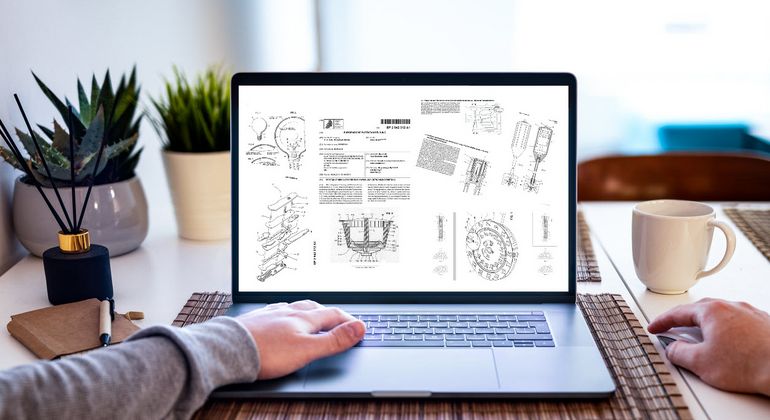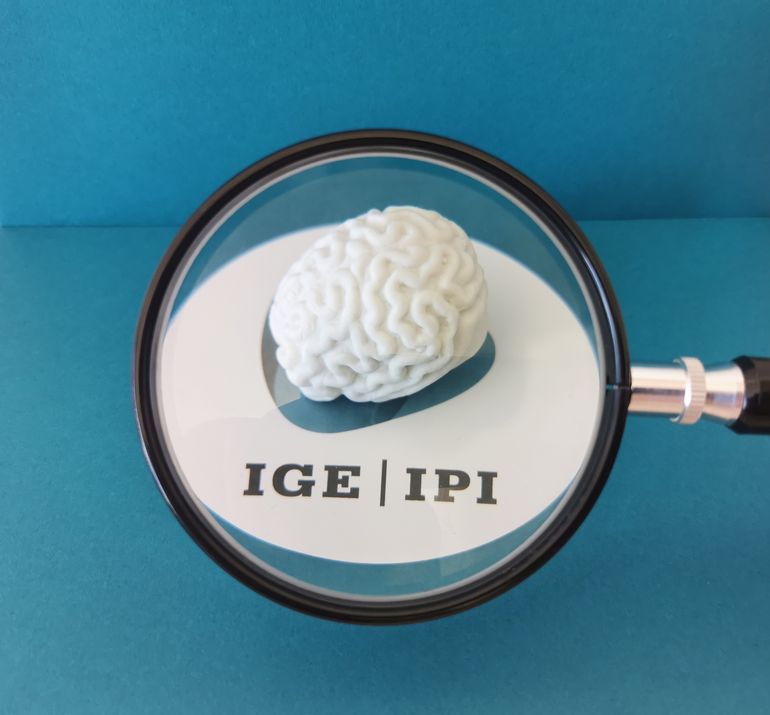For IP professionals
This is the portal for professionals working in the field of intellectual property. Here you'll find direct access to all necessary resources.
Quick links
How artificial intelligence helps in the search for patent data
Artificial intelligence methods can help process large data volumes. This technology can also come in useful for searches in patent databases. Patents provide valuable information about inventors, entrepreneurs and technologies.

Thanks to ChatGPT, everyone’s talking about artificial intelligence (AI). This new chatbot has been trained with a large number of texts so that it can answer questions in as human a way as possible. But this has little to do with intelligence as we normally understand it. For example, the smart chatbot claimed in a test that 60 kilogrammes of iron is heavier than the same mass of feathers. “Artificial intelligence is above all a buzzword,” says Thomas Rauscher, a patent expert at the Swiss Federal Institute of Intellectual Property (IPI). He’s examining the topic of AI together with a specially created in-house team. Rauscher explains that AI can’t cope with matters outside the given context. Digital assistants aren’t capable of taking decisions themselves.
Data treasure trove: over 140 million patents
Machine learning (ML) underpins ChatGPT and similar chatbots. Such programs are fed with information and trained. As ML technology is excellent for processing huge volumes of data, it’s an attractive option for patent searches. There are already more than 140 million patents in public databases today, and the number of other technical and scientific documents exceeds this figure by far.
The IPI’s patent experts use various tools to search for relevant information, for example as part of an Assisted Patent Search. They comb through patent specifications, which are uniformly structured and contain details about inventors, companies, geography and technologies, among other things. “Patent information is still not used often enough as a source of inspiration. Yet it’s an invaluable way of finding out how inventors solved a technical problem,” says Thomas Rauscher.
Search experts at the IPI
Patent experts currently consult a huge number of documents. And that number is growing year by year. Due to trends in certain technologies, patent applications and data volumes are soaring. The limits of the current approaches will soon be reached. “We’re already using tools based on machine learning and similar methods. They support search experts in their work,” says Thomas Rauscher.

Tailoring the machine to the needs of a patent search
The challenge in future will be to train tools to deal with the specific features of patent data. “The digital assistant would need to understand technical language. And above all, it struggles without any context. If I want it to find a document similar to this one, it doesn’t know exactly what I want and what details are important,” says Thomas Rauscher.
In future, the focus of patent experts’ work will shift. Machine learning will reduce the time spent on the actual search for patent data. However, human intervention will still be needed to prepare the questions for the machine as well as to evaluate and interpret the results.
Information: Do you have an idea or an invention? Are you wondering if you can patent it? Find out with an Assisted Patent Search.



